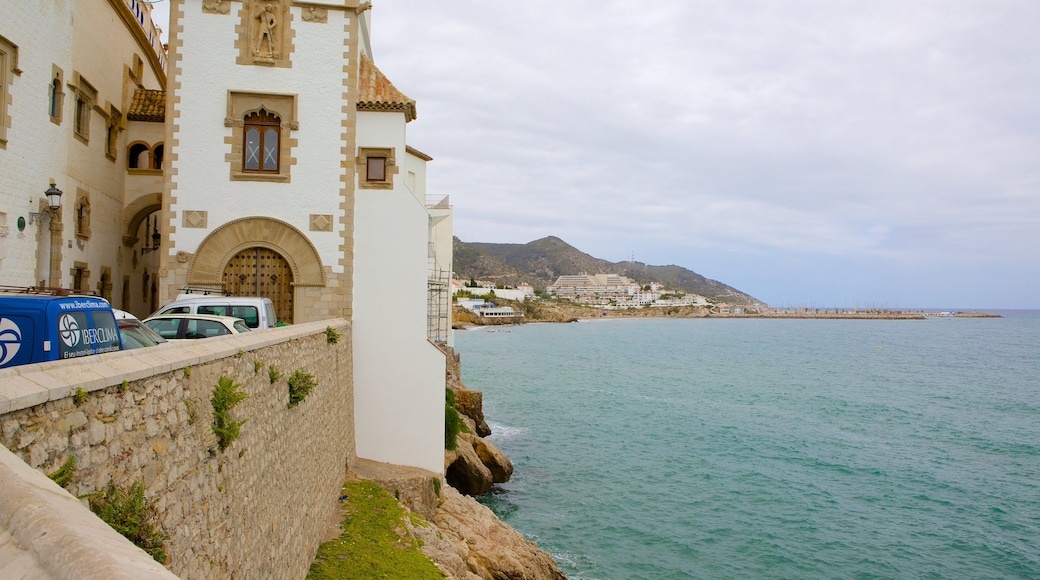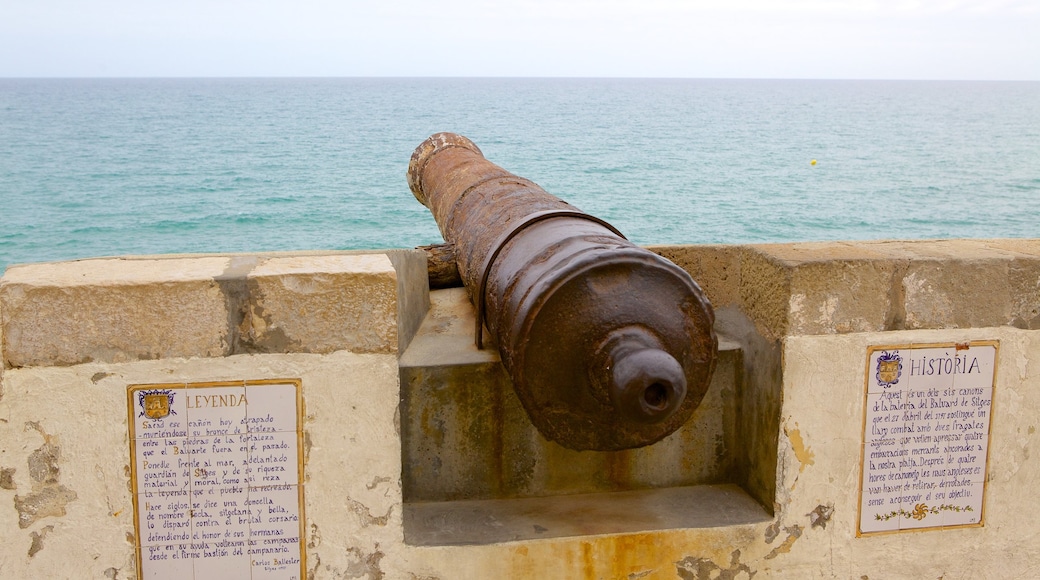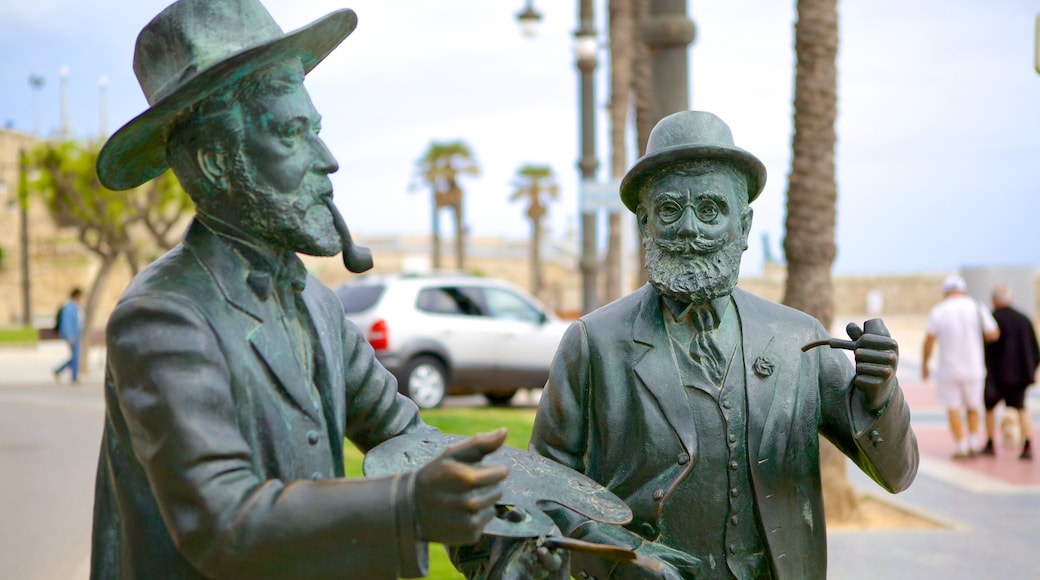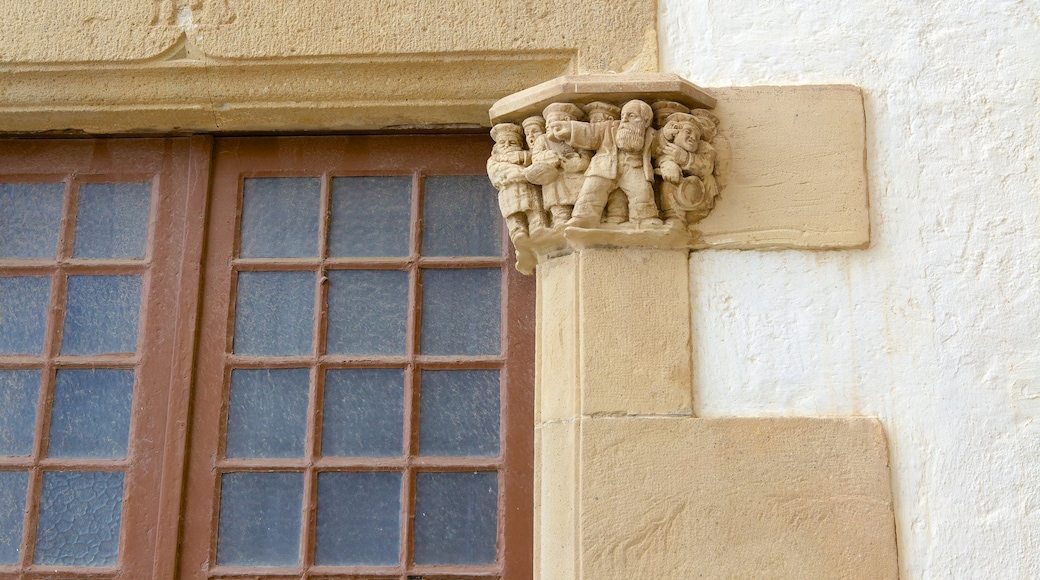Visit this eclectic and beautiful resort, one of the most popular beach destinations in southern Europe.
Particularly popular with the gay community, Sitges attracts a mix of young Barcelonans and Northern Europeans with its stunning white-sand beaches and reputation for good times. Despite its hard-partying style, this lively destination has managed to retain a cultural side with excellent restaurants, exceptional museums and some pleasant architecture.
This community was at the heart of the Modernisme movement, attracting artists like Salvador Dalí and poet Federico García Lorca to its shores. Santiago Rusiñol was one of the pioneers of this artistic movement, organising several landmark art festivals in Sitges during the late 19th century. Although the city continues to attract artists and writers, the late 19th and early 20th centuries are thought of as its “golden age.”
Sitges and the surrounding area have 17 beaches. Bring sunscreen and an umbrella because few beaches offer any natural shade. Platja de la Bassa Rodona is the main gay beach, although visitors of all preferences are welcome on any of the town’s beaches. Families usually head to Platja de la Fragata, a smaller and quieter stretch of sand overlooked by the town’s pretty whitewashed church, Església de Sant Bartomeu i Santa Tecla.
Be sure to see Museu Cau Ferrat, which once served as the studio, home and gallery of artist Santiago Rusiñol. Now a museum, this whitewashed mansion was created in the 1890s by joining two 16th-century fishermen’s cottages together. Look for paintings by Picasso and El Greco.
Check out Fundació Stämpfli Art Contemporani, an outstanding art museum focused on modern art from the 1960s and onward. Look for pieces by Takis and Oliver Mosset. The museum is home to 60 works by artists from around the world and also hosts intriguing temporary exhibitions that are well worth leaving the beach to attend.
Sitges is located 25 miles (40 kilometres) from Barcelona. The beaches are typically crowded during July and August, but relatively quiet during the low season. Reach the resort by commuter rail trains from Barcelona.




















